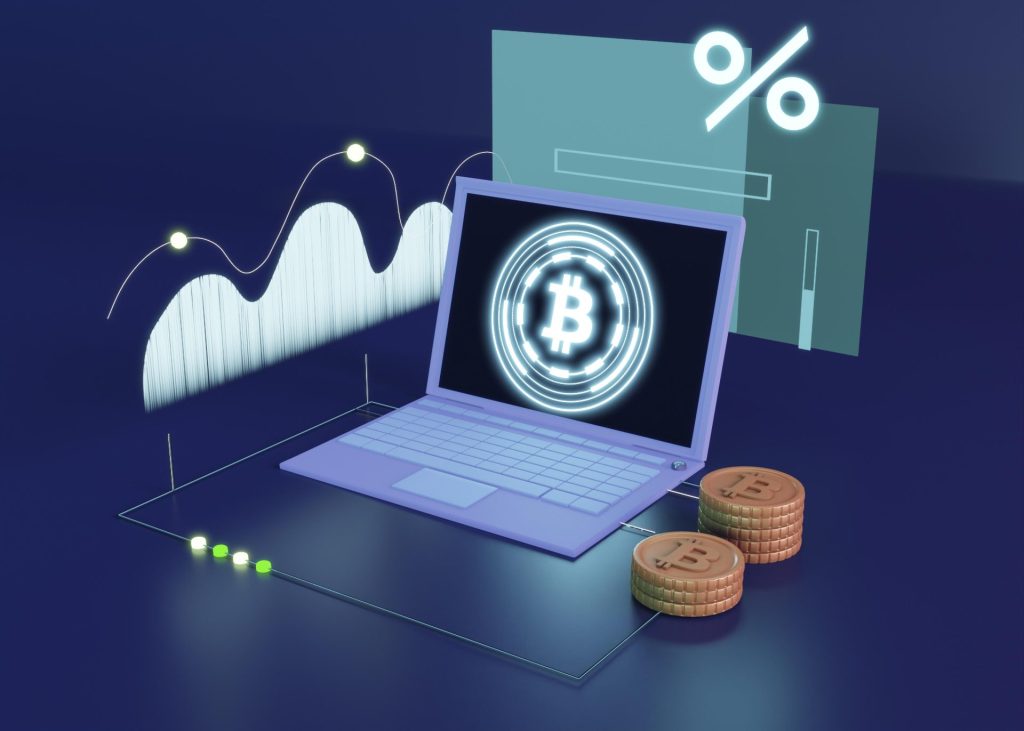If you have ever opened a leveraged position in crypto using perpetual futures, chances are you have come across something called a funding rate. It might seem like a background detail, but it has a huge impact on your profits and losses. In fact, many traders check funding rates before even thinking about opening a position. That is because this tiny percentage can either quietly eat away at your gains or pay you to keep holding your position.
What Are Perpetual Futures
Perpetual futures are a type of futures contract with no expiry date. Unlike traditional futures that settle monthly or quarterly, perps can stay open forever. This makes them popular among crypto traders who want to maintain a position without rolling over contracts.
But because these contracts do not expire, they need a mechanism to stay tethered to the real price of the asset. That is where funding rates come in.
What Is a Funding Rate
Funding rates are periodic payments between traders. They help keep the price of the perpetual contract in line with the spot price of the asset. If the perpetual price trades above the spot price, longs pay shorts. If it trades below, shorts pay longs.
This payment is not taken by the exchange. It is paid directly from one side of the trade to the other. Think of it as a balancing fee to prevent perps from drifting too far from reality.
Who Pays and When
If the funding rate is positive, traders holding long positions pay the ones holding shorts. If the funding rate is negative, the roles are reversed. It is that simple.
These payments happen several times a day. On most major exchanges like Binance or Bybit, funding is paid every eight hours. To earn or pay it, you need to be in the position when that timestamp hits.
Who Sets the Rate
Each exchange uses its own formula to calculate funding rates, but they follow the same general logic. They compare the price of the perpetual to the spot price. The bigger the gap, the higher the funding rate. They also add a base interest rate to account for the cost of capital and borrowing.
Why Funding Rates Fluctuate
The funding rate is heavily influenced by market positioning. If most people are going long, the perpetual price will trade above the spot price and funding rates will turn positive. If there is more demand to short, the opposite happens.
Volatility also plays a role. Sharp price swings can quickly distort the relationship between perp and spot prices. And if liquidity is low, even small moves can cause big shifts in funding.
How Traders Use Funding Rates
Some traders use funding rates to make extra income through a strategy called funding rate arbitrage. This involves taking a spot position in one direction and a perpetual in the other. For example, you buy spot Ethereum and short Ethereum perpetuals when the funding rate is high. If you time it right, you earn the funding fee without being exposed to price movements.
Other traders watch funding rates as a sentiment gauge. If funding stays positive for a while, it suggests that traders are overly bullish. If it flips negative, it could mean the market is leaning toward fear or caution.
Scalpers and short-term traders often try to close their positions just before the funding timestamp to avoid fees, especially if they are holding a trade that would cost them money to keep open.
Why There Is No Equivalent in Traditional Markets
Traditional futures contracts do not use funding rates. They settle at set intervals, which naturally keeps prices in line. That is why this concept is unique to crypto. It exists only because perpetual contracts do not expire and need an ongoing correction mechanism.
That said, you can loosely compare funding rates to borrowing costs in margin trading or interest rate swaps in bonds and credit markets. But the direct peer-to-peer nature of funding payments is very much a crypto-specific feature.
Common Mistakes and Risks
Just because you are earning a positive funding rate does not mean you are making money. If the price moves against your position, you could still lose more than you gain from funding.
Traders also underestimate how expensive funding can be when combined with leverage. Holding a highly leveraged long position in a market with high positive funding can drain your capital without you even noticing.
That is why funding should always be factored into your profit and loss calculations. Ignoring it can quietly destroy the economics of your trade.
